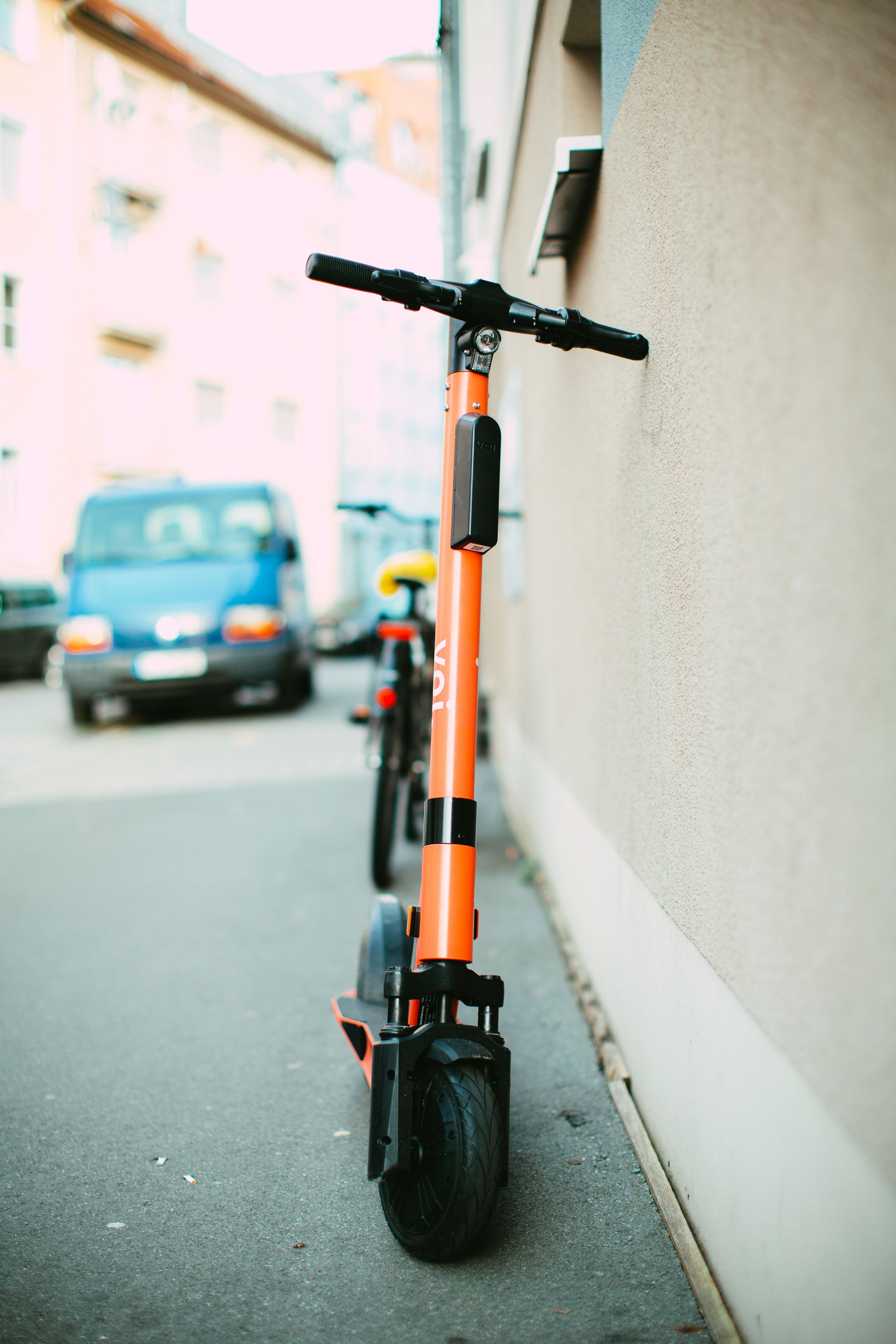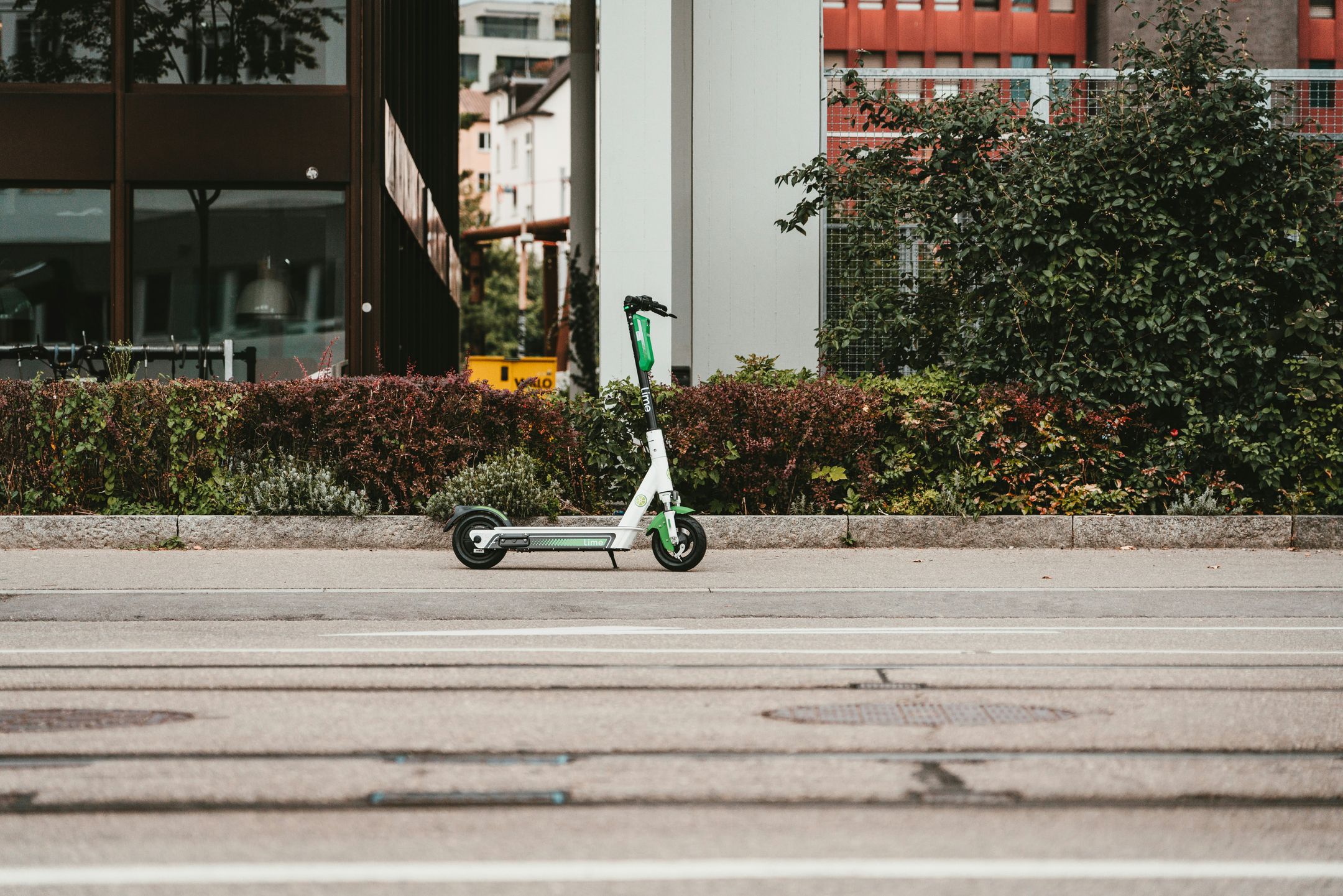
Can Electric Scooters Go Uphill? Unveiling the Climbing Capabilities of Electric Scooters
Introduction:
Electric scooters have swiftly become a popular choice for urban commuting, offering a convenient and eco-friendly alternative. However, the burning question remains: Can electric scooters tackle uphill terrains with the same efficiency? In this comprehensive guide, we delve into the mechanics of electric scooters, addressing their uphill performance and exploring factors influencing their climbing abilities.
How Electric Scooters Work:
Electric scooters are reshaping urban mobility with their nimble design and eco-friendly features. The intricate mechanics behind these scooters reveal a well-thought-out system. Powered by rechargeable lithium-ion batteries, they ensure a lightweight and energy-dense solution for the electric motor. The brushless DC motor efficiently converts stored energy into mechanical power, providing a quiet and effective propulsion method. The handlebar-mounted throttle regulates speed by controlling the power from the battery, while braking systems, often using disc or regenerative technology, ensure swift and safe stops.
The controller orchestrates the energy flow between the battery and motor, ensuring a smooth and controlled ride. The frame and chassis, crafted from lightweight yet durable materials like aluminum or steel alloys, contribute to the scooter's stability and maneuverability. Equipped with a display panel for essential information, these scooters also embrace Bluetooth connectivity for convenient app-controlled monitoring. Additionally, many scooters offer a foldable design, enhancing portability and enabling compact storage.
Can Electric Scooters Go Uphill?
Electric scooters have the inherent capability to navigate uphill terrain, with their uphill performance contingent on several technical factors. The power of the electric motor, battery capacity, and overall scooter design are pivotal. High-performance electric scooters, characterized by robust motors and advanced battery technology, generally demonstrate superior uphill climbing ability. The weight of the scooter and the rider also influences uphill performance, favoring lighter scooters. In practical scenarios, electric scooters handle moderate inclines well, but steep hills may challenge scooters with lower power ratings. Consideration of terrain, rider weight, and scooter specifications is crucial for planning uphill routes. Some scooters offer specific uphill modes or enhanced power settings for better incline navigation. The electric scooter industry's evolution promises innovations in motor power, battery efficiency, and design, contributing to enhanced uphill capabilities and a more versatile commuting experience for riders.
Factors Affecting Climbing Performance:
The climbing performance of electric scooters is influenced by several key factors, each playing a crucial role in determining how well a scooter can handle uphill terrain.
Motor Power: The power of the electric motor is a primary determinant of climbing performance. Scooters equipped with high-powered motors can generate more torque, allowing them to ascend steeper inclines with ease. When considering an electric scooter for uphill journeys, opting for a model with a robust motor is essential.
Battery Capacity: The capacity of the scooter's battery directly impacts its ability to maintain power during uphill climbs. Scooters with higher battery capacities can sustain the required energy output for longer durations, ensuring consistent performance on inclines. Lithium-ion batteries, known for their energy density, are often preferred for their ability to provide sustained power during climbs.
Scooter Weight: The weight of the scooter itself is a critical factor. Lighter scooters generally require less power to ascend hills, enhancing their climbing efficiency. Manufacturers often strive to balance the need for durability with the goal of keeping scooters lightweight to optimize overall performance.
Rider Weight: The combined weight of the rider and any additional cargo also affects climbing performance. Heavier loads place more demand on the scooter's motor and battery, potentially impacting its ability to navigate steep inclines. Manufacturers provide weight limits for their scooters, and riders should consider these limits when assessing climbing capabilities.
Scooter Design: The overall design of the scooter, including its frame and chassis, contributes to climbing performance. Modern electric scooters often feature streamlined designs with materials like aluminum or steel alloys, ensuring a balance between structural integrity and weight. A well-designed scooter enhances stability and maneuverability during uphill climbs.
Tire Traction: The type of tires on an electric scooter significantly influences climbing ability. Tires with good traction, especially on challenging surfaces like steep inclines, ensure that the scooter can grip the road effectively. Pneumatic tires or those with specialized tread patterns contribute to better climbing performance.
Terrain Conditions: The actual terrain plays a crucial role in climbing performance. Smooth and well-paved surfaces offer less resistance, making it easier for scooters to ascend. In contrast, rough or uneven terrain requires more power and traction. Electric scooters with versatile capabilities can navigate various terrain conditions more effectively.
Tips for Improving Climbing Performance:
Choose a Powerful Model:Opt for electric scooters with higher motor wattage for enhanced climbing capabilities.
Prioritize Battery Quality: Invest in a scooter with a high-quality battery for sustained power during uphill rides.
Manage Weight: Keep cargo to a minimum, and choose a scooter suitable for your weight range.
Select Appropriate Wheels: Larger wheels with good traction are essential. Consider the terrain you'll frequent.
Maintain Optimal Tire Pressure: Properly inflated tires ensure better grip and overall scooter performance.
Conclusion:
In the realm of urban mobility, electric scooters can indeed tackle uphill challenges, providing a versatile and efficient means of transportation. Understanding the factors influencing their climbing abilities empowers riders to make informed choices. As we navigate the evolving landscape of electric scooters, we at Joyor, as a leading escooter manufacturer, emphasize the importance of selecting a scooter that aligns with your specific needs. Our commitment to innovation ensures our scooters deliver reliable and enjoyable rides, even when conquering uphill terrains. Join us in embracing the electric revolution with Joyor, where every journey is a seamless and enjoyable experience.


